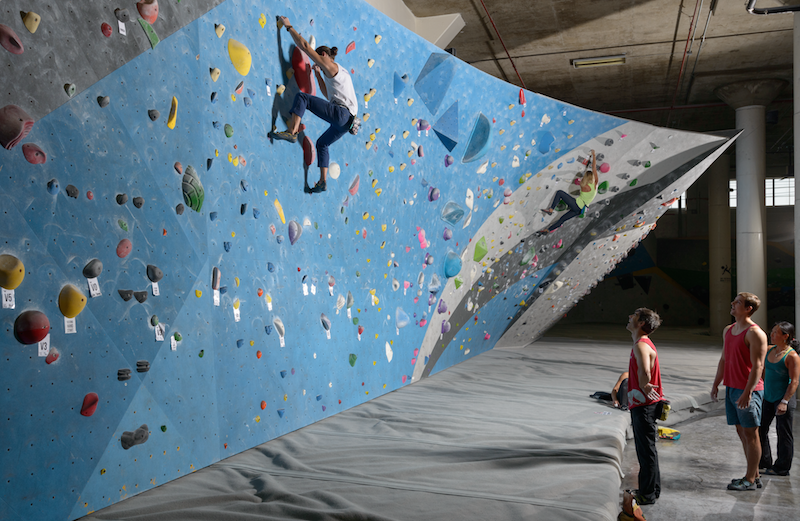By Mailee Hung.
I find myself continually fascinated by how many cool people I meet through climbing. I’ve met surgeons, artists, accountants, rope access workers, welders, baristas, and, yes, of course, fun-employed dirtbags. It’s amazing to me that, despite the wide variety of backgrounds and range of experiences climbers come from, they always feel like My People.
But even so, moving to a new area can seem like starting over. When I first moved to San Francisco, it was hard not to be overwhelmed by the sheer size of the gyms here. Having come from Santa Cruz with its tight-knit community, the vibe felt totally different and I was shocked by the number of people that crammed into Dogpatch Boulders and Mission Cliffs during post-work rush hours. My prior gym social life had been dictated by the relatively minuscule number of regulars, so walking into Dogpatch Boulders when there were more people there in an hour than there might be in a whole day at Pacific Edge was a little intense. But I was confident that I would find My People again—after all, everyone at a climbing gym has at least one thing in common.

My anecdotal experience seems to be a fitting allegory for what’s happening to climbing at large. Every year, more and more people find a hobby, a practice, or a home in this singular sport. If you haven’t noticed it at the crags, then certainly you can see it in the culture at large: rock climbing is appearing on billboards in Times Square; sport climbing has made its way to the 2020 Olympic Games; and 40 new gyms opened across North America in the last year alone (two of which were Touchstone gyms!). This influx of new climbers makes for an even more exciting and eclectic bunch, but the de facto nature of climbing friendships seems to be changing.
And this is a good thing! Rather than becoming BFFs with the only other person who has the same climbing availability you do, now we can find more and more like-minded folks who also share our passion for the sport.
But how?

Everyone comes to their community in different ways, but I was curious to see if there were any factors held in common across various climbing backgrounds. Working at Dogpatch Boulders, I’ve met an even broader variety of people across the spectrum of climbing experience and level, from climbing for less than one year to over twenty, bouldering from V2 to V12. I asked some of these folks how they met their gym friends and learned that, indeed, there were some pieces of advice that could be used by climbers both new and old looking to find Their People too.
Climb Regularly
Perhaps unsurprisingly, one of the best ways to make climbing friends is to actually show up and climb! This is especially helpful if you set aside some regular days and times for climbing. Familiarity generally makes it easier to strike up a conversation with strangers, and several people mentioned gravitating towards the folks they recognized. For Eleyne and Becca, both Dogpatch regulars (and strong contenders for Touchstone’s cutest couple), this familiarity naturally progressed into closer friendships. As Becca puts it, “You see certain faces repeatedly (often because you’re working the same problems)—at some point you start talking not just about climbing.”

Ask for Beta
Dogpatch Boulders manager and self-proclaimed climbing lifer Justin says that at both the gym and the crag, it’s just natural to strike up a conversation with people in close proximity to you, and here is where having something in common can be really helpful. He advises, “just be courteous and introduce yourself to other climbers trying the climbs you’re working on.” Asking for ideas or information about a particular climb is a great way to get talking to one another (as well as help you send!). In fact, this is a piece of advice that nearly everyone I spoke to recommended. Having personally made a few friends when a gripe about sloper crimps segued into a conversation about sci-fi, I can say truthfully that this method works!
Offer Beta
This is a somewhat controversial tip because the delivery is so important. I’ve noticed that some people tend to share their excitement for climbing with strangers by shouting at them while they’re on the wall. This is not a recommended tactic! Justin explains: “Some people enjoy the challenge of trying to figure out a climb on their own.”

That doesn’t mean that giving beta is necessarily a bad thing; in fact, cycling enthusiast and Dogpatch staffer Eric believes that it can also be a great way to meet other people: “I think the taboo of spraying unsolicited beta at others can sometimes keep more experienced climbers from teaching newer climbers who might genuinely want some technique or route reading tips.” And considering that the folks I polled (myself included) all had friends who climbed at very different levels, it’s likely that this is a pretty common way to touch base with new people.
So feel free to use beta as a talking point, but make sure you ask a person before giving it. Hearing “Hey, would you like any beta?” after you’re off the wall is MUCH better than hearing some stranger below you shout “throw a heel!” over and over again.
Invite People to Post-Session Fun
So you’ve been climbing regularly, started seeing some familiar faces, and have gotten pretty comfortable both giving and receiving climbing-related advice. How does that then turn into real, lasting friendships?
Sometimes, a given interaction doesn’t ever move outside of climbing. But for others, the connection spans a variety of interests and hobbies. Eric says, “I’ve found I share many common interests within my friend group outside of climbing, including cycling, music, movies, backpacking, drinking, stickball…the lists goes on.” Once you discover these commonalities between climbers you already like, sharing in something outside of climbing just makes sense.

In Eleyne’s experience, “If you gravitate to the same group often enough then hanging out outside of the gym starts to happen naturally.” Often it starts as just grabbing food or drinks after a climbing session, but from there the possibilities can be endless.
Check Out the Social Events Offered at the Gym
For Randi, a relative newcomer to the climbing community, using some of the structured events at gyms has been a great way to break the ice with other climbers. In addition to meeting people out on the mats while resting between burns, she also mentioned making connections through the various clinics and classes Touchstone offers. These are great opportunities to meet climbers with similar goals, and a fantastic way to find workout buddies with the same climbing availability.
In fact, Randi is even running our new monthly Dogpatch meetup Girl Beta, which is free for members and designed to help women crushers meet each other and hang out for an hour of social sending! Having participated myself, this can be a great way to meet women in an environment that can at other times feel a little, well…bro-y.
Conclusion
The one, resounding truth that everyone I spoke to echoed was the fundamental rule of socialization: be nice and talk to each other. Be mindful of each other’s landing zones and route trajectories, don’t spray beta, and be polite.
For better or worse, climbing does not really change the basic rules of engagement: if you want to meet people, you gotta talk to them. But it’s true—at the gym or crag, you automatically have something in common with other climbers, so use that to your advantage! In the words of Justin, “You meet people doing the same thing that you love doing, you chat, you either hit it off with them or you don’t, but at least you’ve got one thing in common.”

